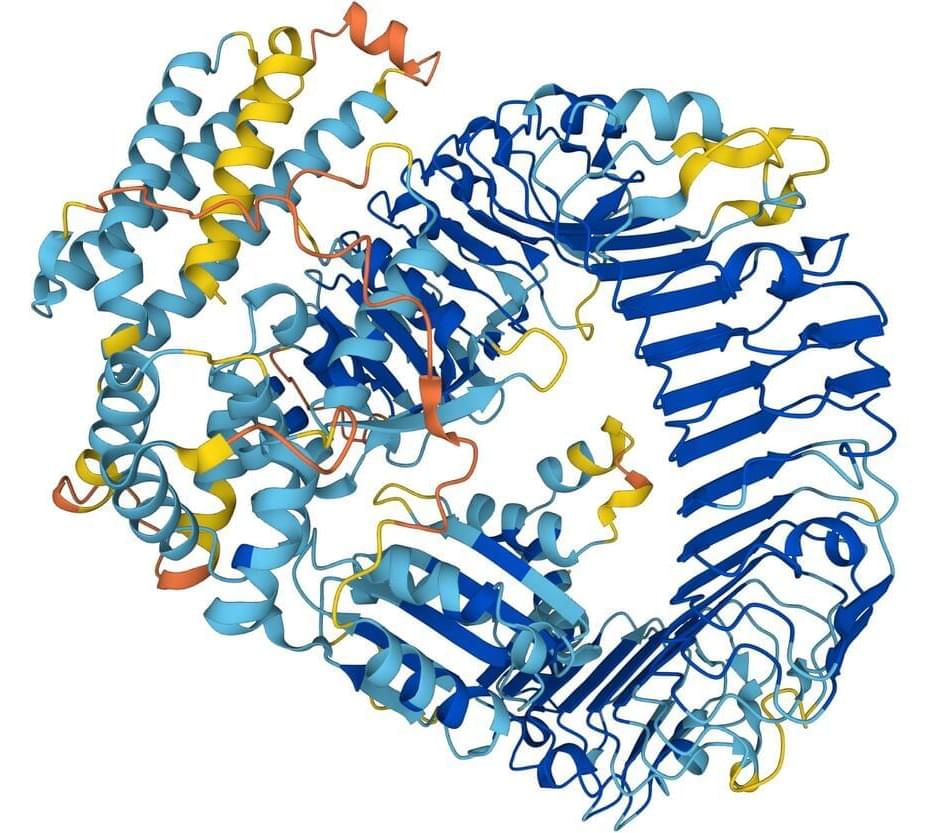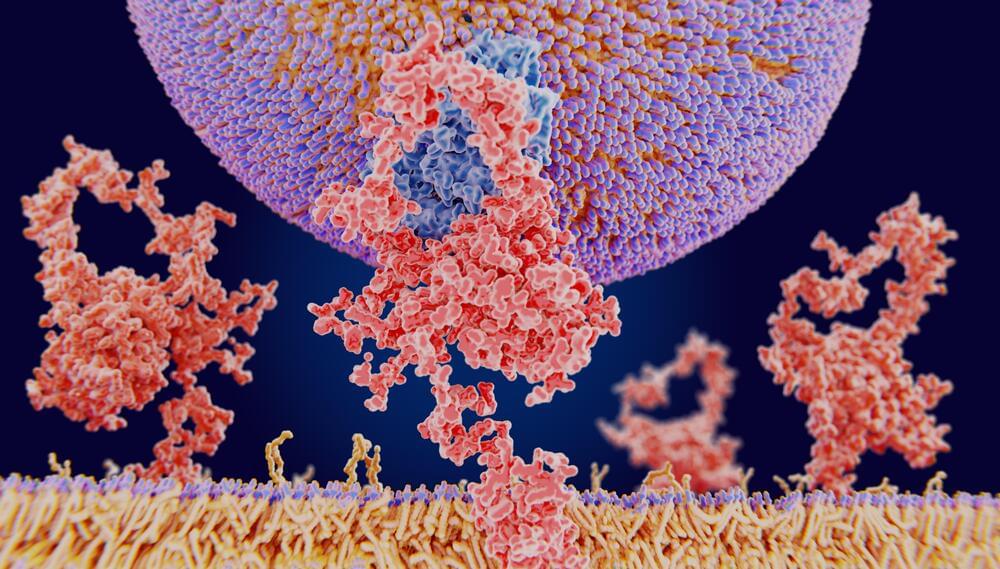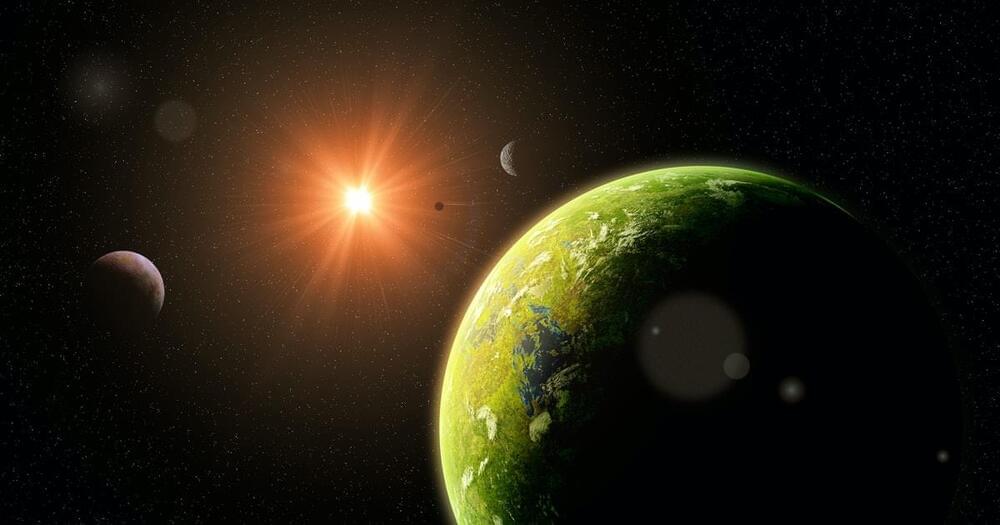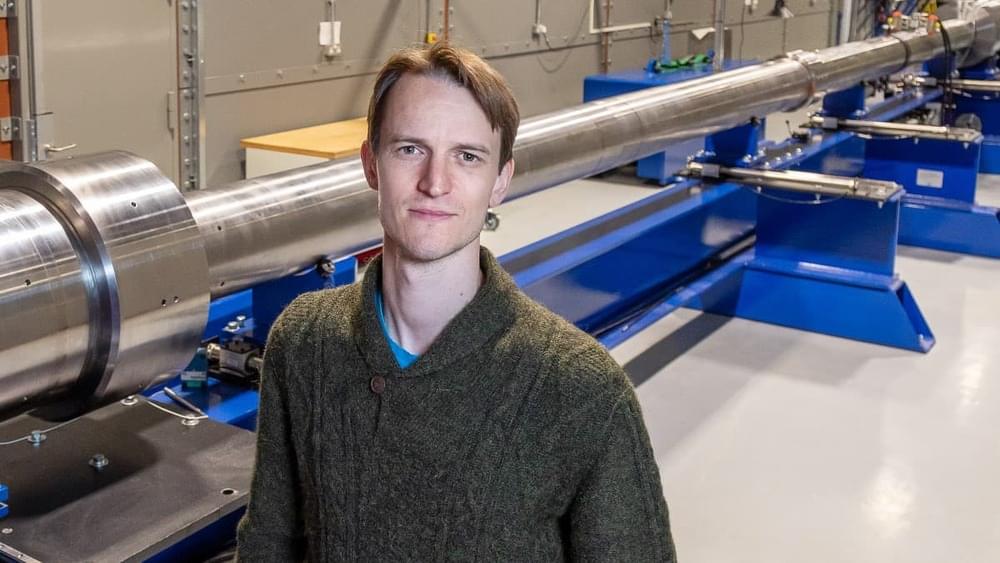AI-powered predictions of the three-dimensional structures of nearly all cataloged proteins known to science have been made by DeepMind and EMBL’s European Bioinformatics Institute (EMBL-EBI). The catalog is freely and openly available to the scientific community, via the AlphaFold Protein Structure Database.
The two organizations hope the expanded database will continue to increase our understanding of biology, helping countless more scientists in their work as they strive to tackle global challenges.
This major milestone marks the database being expanded by approximately 200 times. It has grown from nearly 1 million protein structures to over 200 million, and now covers almost every organism on Earth that has had its genome sequenced. Predicted structures for a wide range of species, including plants, bacteria, animals, and other organisms are now included in the expanded database. This opens up new avenues of research across the life sciences that will have an impact on global challenges, including sustainability, food insecurity, and neglected diseases.






